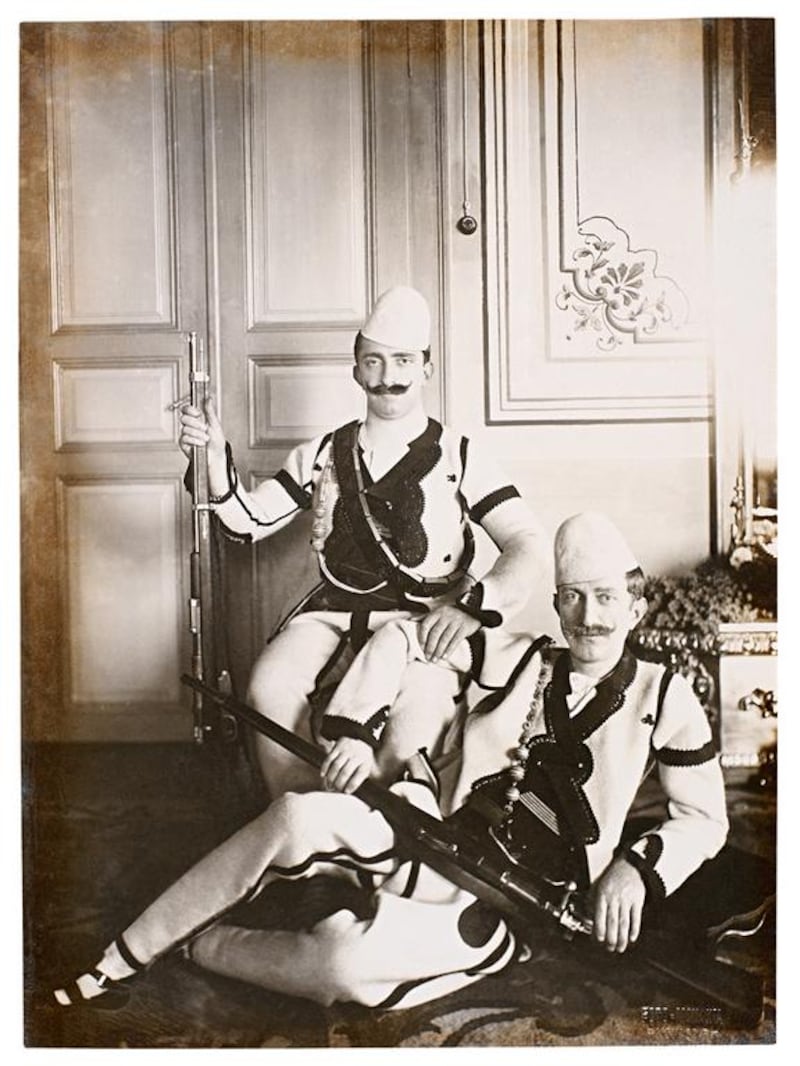The funnel of a steamer flanks two men standing on ceremony at the inauguration of the fourth Galata Bridge in Constantinople. Dated May 25, 1912, the black-and-white photograph shows the extraordinary amount of traffic – boats of all sizes – criss-crossing the waterway in front of the latest incarnation of the floating bridge. The image is one of many on display for an exhibition about the growth of photography during the Ottoman Empire at Koç University’s Research Center for Anatolian Civilisations in Beyoglu, Istanbul. Through images of the royal family, portraits of the middle classes, documents for the advancing science of criminology and medicine and shots of large-scale industrial endeavour and local enterprise, the exhibition highlights the enthusiastic way in which this new technology, a symbol of modernity, was embraced by all echelons of Ottoman society.
• Camera Ottomana: Photography and Modernity in the Ottoman Empire, 1840-1914, is showing until August 19 at Koç University’s Research Center for Anatolian Civilisations, Istanbul. For more information, visit rcac.ku.edu.tr





